|
Author: Natasja Derry Hey stranger! My name is Natasja and I’m studying Design Management at LCC while working in Copenhagen for my placement year. As a Visual Communication intern, I’m intrigued to understand how anti-design affects my practice and how it compares to the Danish attitude towards design. What is anti-design? Anti-Design was a design flow and style art movement originating in Italy and lasting from the years 1966 - 1980.[1] It eschews traditional design principles and conventional aesthetic tastes. It challenges us with asymmetry, clashing colours, bare interfaces, crowded elements and stark typography.[2] According to 99Designs[3], the movement is resurfacing after the lingering pandemic as a response to society being conformed to the lockdown rules.
Above is a picture I took from my friend’s apartment – two twenty-year-old students live here and have brought their designer collection together. I personally haven’t come across students flats looking like this. Therefore, the temporary purchase mentality in Anti-design contrasts to the Danish mentality of investing. In my personal opinion, I agree with the Danish Modern values of investing to avoid creating more of a waste culture.
How does anti-design fit into my current job? I work in a corporate company where ‘kitsch’ and ‘bizarre’ graphic design is frightening and most certainly avoided. Novo Nordisk is a global healthcare company which prides itself in being a leader in the world of insulin and diabetics. Therefore, their CVI consists of neutral colours, a simple font and a limited photo library which communicates to their stakeholders that they are serious and compliant with medical laws. To give an example, I was recently designing thank you cards to their employees and I followed the CVI guidelines, except for one line where I chose a different font. This caused a 25-minute discussion amongst the team as to whether we could do this. Although this seems trivial (I for sure struggled to take the conversation serious) it all amounts to a shared brand identity. Anti-design is fun and engaging, however it should only be implemented if it is appropriate in the situation. Furthermore, as a Visual Communication Intern, I need to learn and understand the rules in designing graphical content to recognise when one can break them. In conclusion, anti-design would trump the Danish Modern lifestyle as it so heavily rooted in the Danes, however there are elements that could help encourage creativity and innovation, especially after 2 years in lockdown. It’s important to understand who you are communicating to and if the principles of anti-design would catch their eye. For my next internship, I’ll be interacting with a much
1 Comment
Megan Cox, IVM real | imaginary Real = existent, factual or authentic. Imaginary = fictional, pretend or fabricated. As an illustrator, animator and visual storyteller, I believe that narratives, being stories and the way in which they are told, are the most influential part of design. Whilst contemporary storytelling as a design, is the worldwide sharing of new knowledge, ideas and perspectives, I believe a good design should make a positive impact on communities or individuals. Although what is considered a ‘good’ story is subjective, we can compare how positive change results from the design of real and imaginary stories, communicated through advertisement, social media and illustrated narratives. I find charities display the greatest willingness to create positive change. ‘WaterAid’ has strongly expressed their targeted issue and goals facing lack of access to the basic human rights of sanitation and clean water, through advertisements including ‘No Choice’ and ‘The Girl Who Built A Rocket’ The ‘No Choice’ ad greatly impacts the audience by showcasing the daily struggles of the community, the deliberate inclusion of the people’s names and the urgency in their slogan. The intention of these factors are to build sympathy from the audience. However, the method storytelling through ‘guilt-tripping’ is considered an unappealing design, especially in western countries, where it has becoming normal to believe that the realities of these adverts are exaggerated or staged and people will therefore dismiss the truth of problem and forget the original purpose of the advert. Furthermore, I think ‘The Girl Who Built A Rocket’ presents a mixed reality. Animation is a form, or anti-design, in itself that requires the fabrication of characters, setting and style, yet it still succeeds in conserving the original purpose of inspiring positive change. By highlighting the campaign in a positive way, it encourages audiences to get involved and allows them to empathise rather than sympathise with the character. I feel although the creative ownership of the animation is choosing to hide much of the real suffering that takes place, this imaginary narrative would more likely encourage a western audience into wanting to make a positive difference. education | entertainment “Good design is honest.” – Dieter Rams “Good design motivates.” – Otl Aicher Aicher’s quote intentionally distinguishes the idea that good design should motivate rather than inspire. Relating this to storytelling, we can understand that the best narratives should provoke action over thoughts alone. In correlation with Rams’ quote, I think real stories are more likely to do this, because people will strongly empathise with honest experiences faced by those living in their same reality. Social media is a space that holds constant conflict of what is real and imaginary, or in other words, honest and fake. The article, ‘Welcome to the TikTok Economy’ in Fortune Magazine, describes TikTok as ‘something radically different’, because the platform and the type of content shared within this space, can be viewed as a design system that opposes the negative effects of social media. Instead of feeding the cycle of false self-expression leading to and from perceptions of social standards, the article emphasises that TikTok is a space for anyone to be their authentic selves and not be ashamed or judged but rather feel like they are part of a worldwide community of diversity and acceptance. The ability TikTok users have by taking part in trending content and ownership of sharing their own stories, doesn’t require one to go against the crowd, as anti-design and most social platforms employ, but instead celebrates authenticity and brings about more positive mental wellbeing. Furthermore, trending content is also greatly affected by stories from entertainment industry. For example, the recent fictional TV series, ‘Squid Game’, became a worldwide phenomenon, influencing fashion, games and the growing viewers of Asian media. However, I think that although there is importance in popular culture and entertainment, the widely shared news of the murder of George Floyd has set off a much bigger positive impact of the BLM movement. When faced with the question of what is more important, there is no doubt that the sad but true story of Floyd’s murder has resulted in necessary ongoing activism towards positive social change for underrepresented communities.
Overall, the line between what is real and imaginary is exactly where most narratives sit; our reality is sometimes falsely expressed or not exposed in its entirety and imaginary spaces will always reflect parts of the real world. The creativity and scope of imaginary worlds can engage and motivate us in ways the predictability of the real world expressed in visual media most often cannot, offering greater chance for growth and mitigation of future scenarios. However, in the present, I think that honest stories have immense power to activate positive change that will last, both within individuals and communities across the world. Baumartner, J. (No date) Imagination Is the Root of Innovation. Available at: https://www.creativejeffrey.com/creative/imagination_innovation.php?topic=creativity Domingo, M. G. (2020) Dieter Rams: 10 Timeless Commandments for Good Design. Available at: https://www.interaction-design.org/literature/article/dieter-rams-10-timeless-commandments-for-good-design Dunne, A. And Raby, F. (2013) Speculative Everything: Design, Fiction and Social Dreaming. Cambridge, MA: The MIT Press. Hawkins, Alex. (2021) What’s Driving Squid Game’s Success?. Available at: https://www.stylus.com/whats-driving-squid-games-success O’Brien, J. M. (2021) ‘Welcome to the TikTok Economy’, Fortune, (October). Scrypto (2017) WaterAid Promotion | Donate Now! No Choice TV advert. 14 August. Available at: https://www.youtube.com/watch?v=xdJeCefyGMY Studio Guerassio. (No date) Inspiration vs. Motivation. Available at: https://www.studioguerassio.com/inspiration-vs-motivation/ WaterAid (2021) The Girl Who Built A Rocket. 8 February. Available at: https://www.youtube.com/watch?v=lmBp2-t38Mw Michael Williams - BA Graphics & Media Design As I stumble on Anti-Design, the articles proclaim the movement as one of the crucial aspects to challenge any system that exists regardless of the consequences. However, to others, they declare to speak for a right cause. In my defence, I believe Anti-Design both have a carnage but with the right reasons. Figure 1: Rocket Bunny Nissan 240SX (S13)My first example is a Japanese auto modification called Rocket Bunny. They are known to design wide-body kits and are operated by an engineer named Kei Miura. With no degree of manufacturing, Kei Miura was self-taught as a designer (Speedhunters, 2014). He wanted to challenge the performance and the look of standard manufacturing kits by designing his unique wide-body kits on the Nissan 240SX (S13), whereas his idea was to remove the rear bumper as part of his design. He argued that he heard that most of the power came from the rear end, so he thought to improve it, why not remove the bumper completely? (Speedhunters, 2014) Since then, Miura's crazy idea shifted to be an iconic figure in the racing community. Here communicates that sometimes it is best to remove an item to improve the product. Figure 2: Rocket Bunny logo designed by Kei MiuraWith his logo, he expresses the rebel culture of racing. The design replicates a hand sign that usually states the word “perfection”. However, you will be beginning to question why the hand is not flipped the opposite way to replicate the letter B of the word Bunny? With you not knowing the design is indicating that the design body kits are not mainly for legal racers yet their look and style is so creative it will be illegal to dislike it. Figure 3: Images of the Carnival of Crisis parade, 2021Another great example is Carnival of Crisis which is a two-week conference in response to COP26 (Fashion United, 2021). Artists and art colleges have joined together to create the impact by designing prints on posters and flags, plus taking to social media about the awareness of not acting now. To some extent, this might be a good cause due to the materials that they are using. When I was contributing to their workshop, I have noticed they used materials that mostly came from second-hand products and waste clothing. This process challenges the art culture by using sustainable resources to change the environment. Figure 4: Designs symbols for Carnival of Crisis, Michael WilliamsAs a response to Carnival of Crisis, I designed a symbol to resemble their message while having the same strait edge rebel approach. The design is a smiley face with one eye as a dot while the other is a circle. This is to show the characteristics of what they are about. Beneath it is a hand sign symbolising love. I wanted to show that even though the movement seems different they are protesting and speaking out for the love of the environment and the people of the future. In conclusion, what respects these designs and artists is the interest in taking risks without defining other people’s thoughts and opinions. Is the willingness to have your voice be heard loud enough for others to listen and to do it by any means necessary. For some, this might come off as disruptive and inappropriate but for others is a new way of bravery and thinking outside of the box. Recourses
|
Archives
December 2021
Categories |
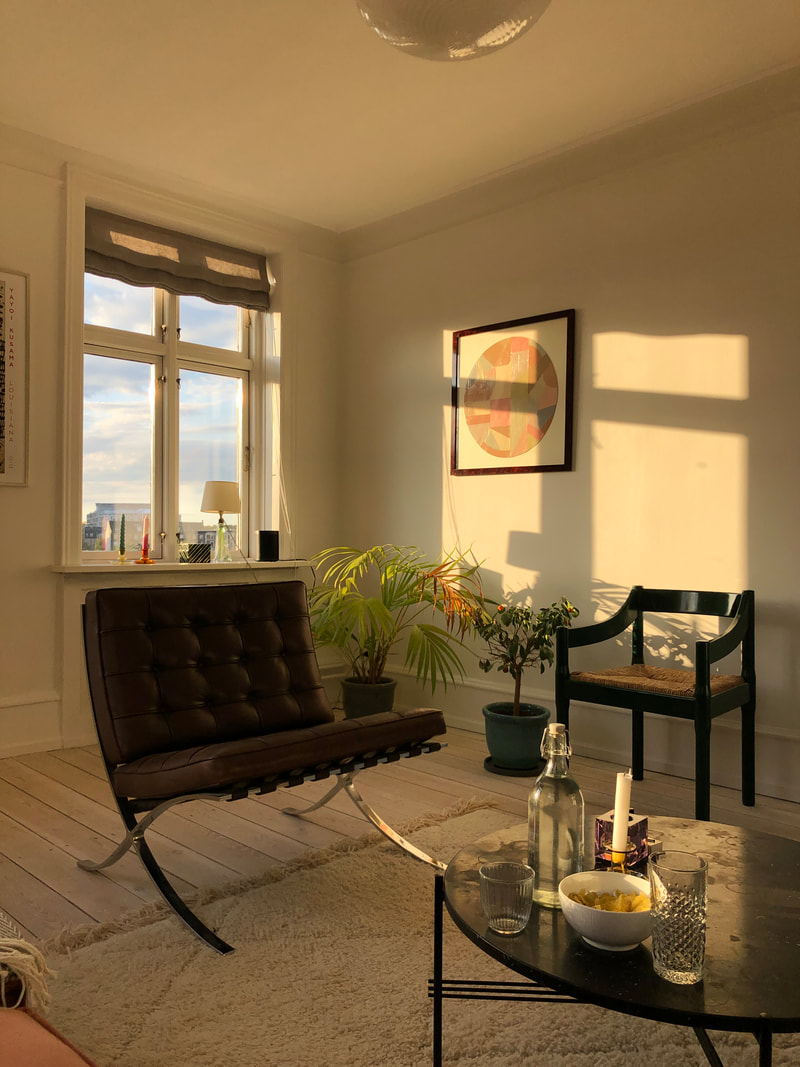
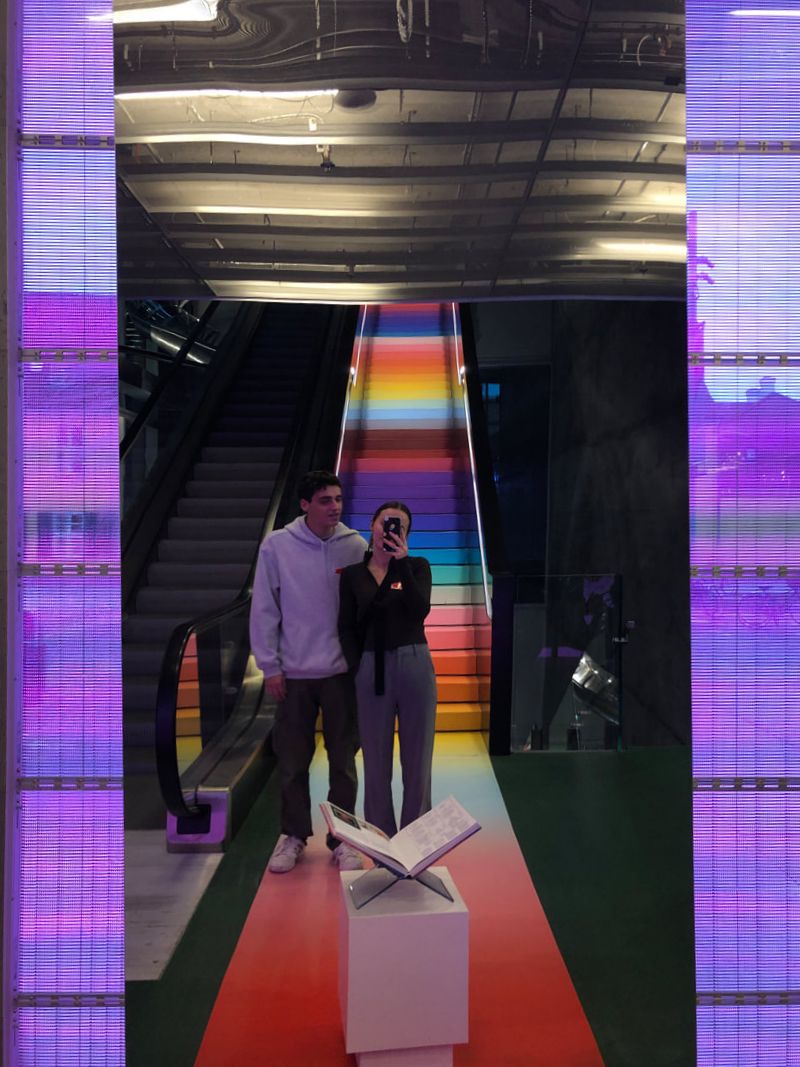
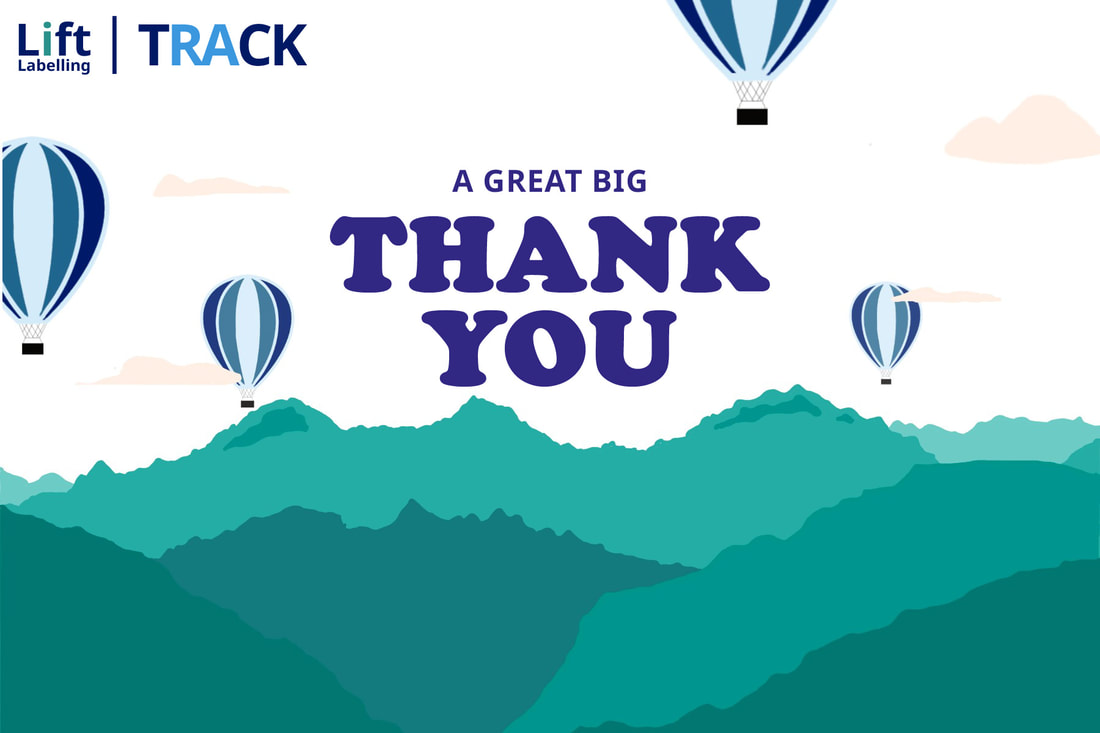


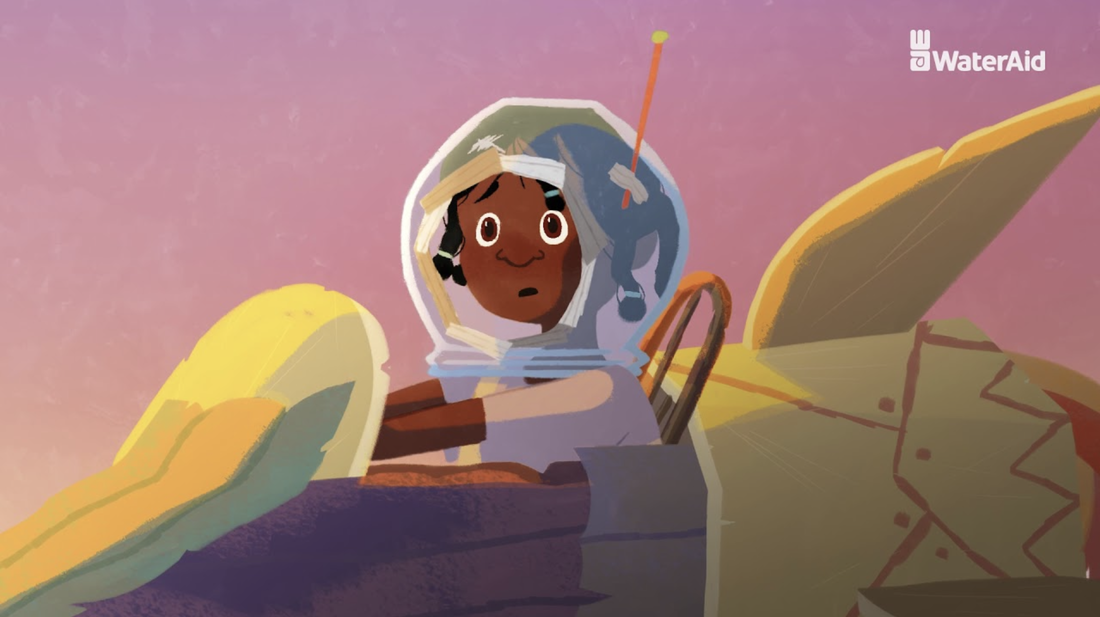

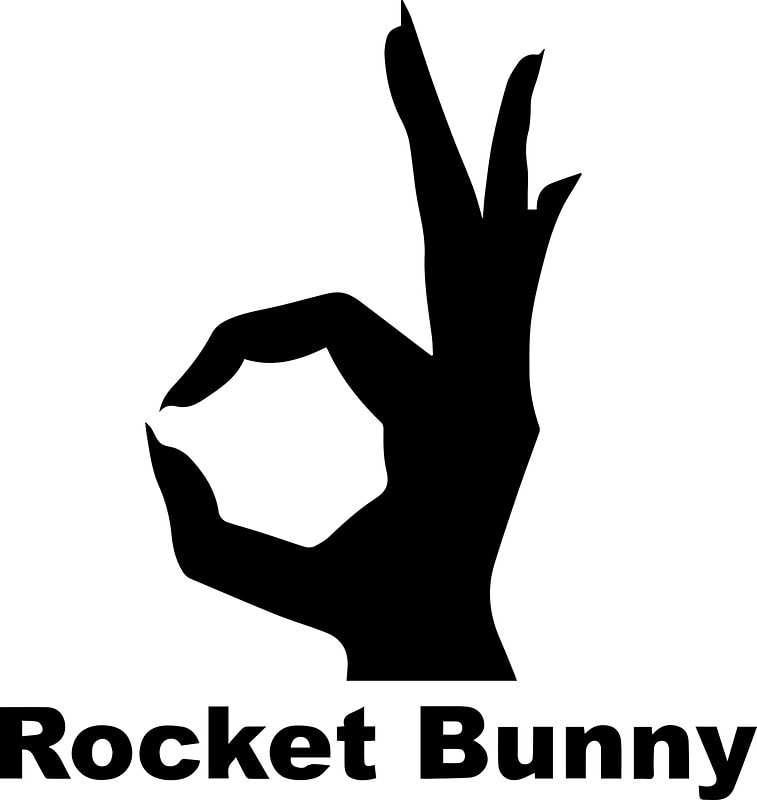
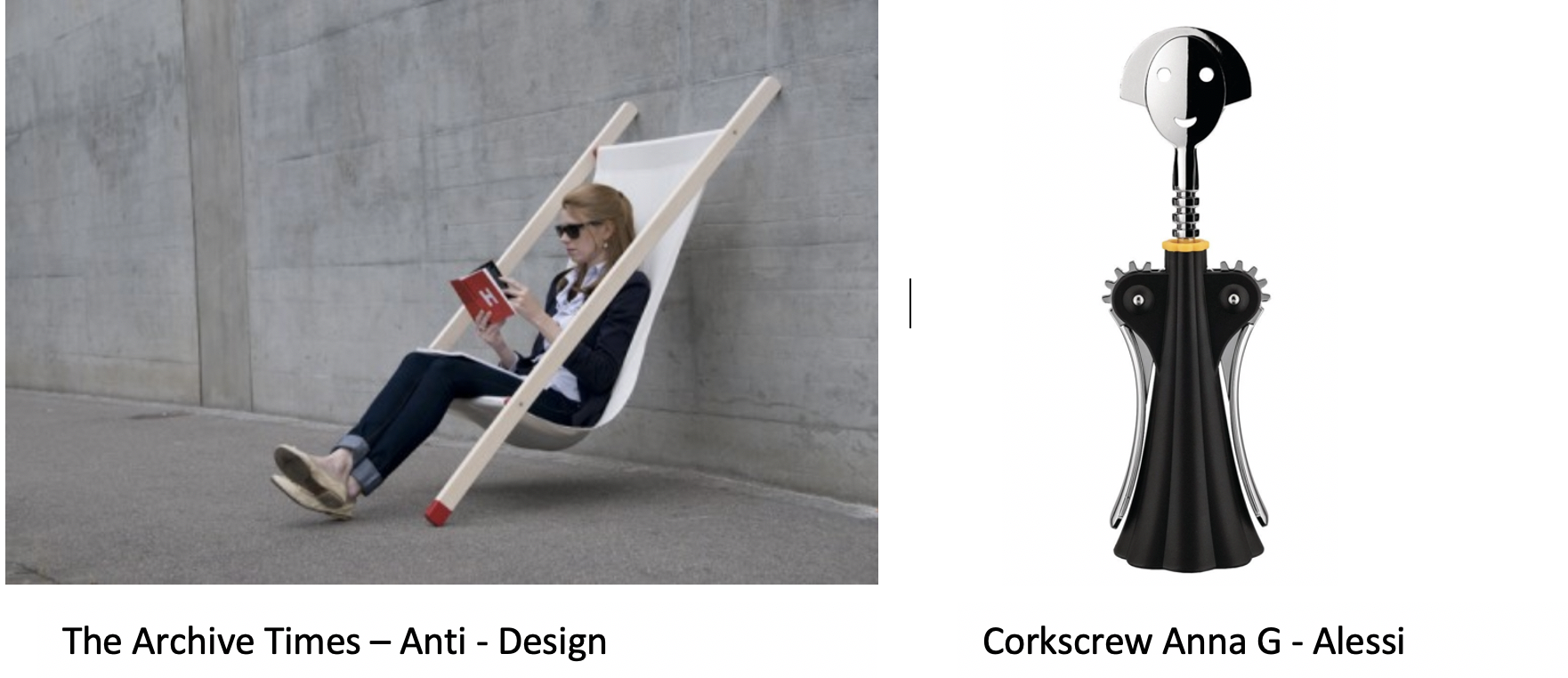
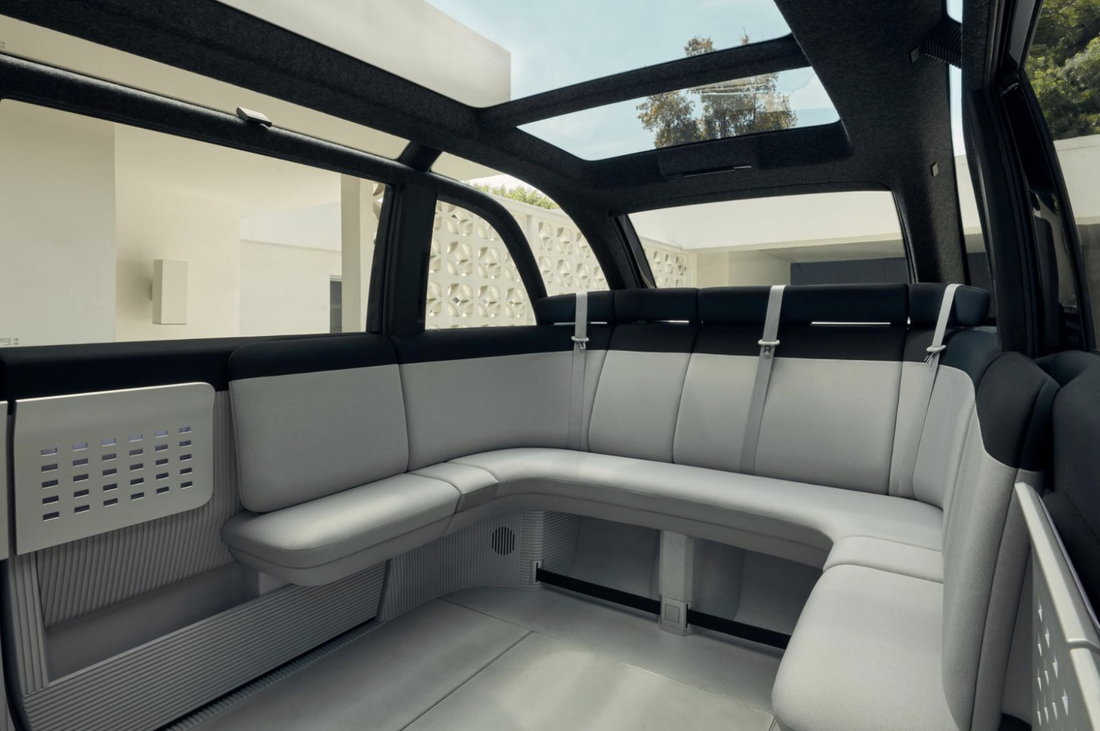

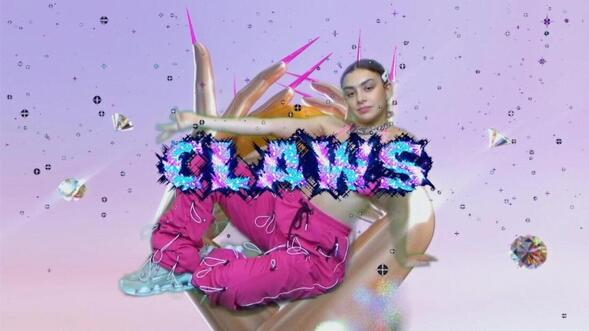
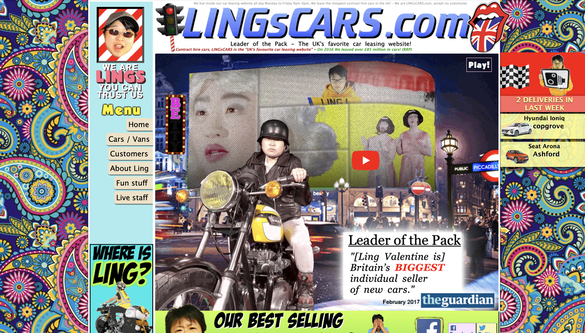
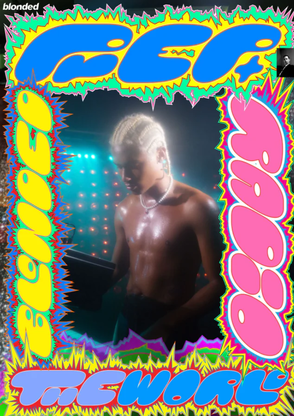
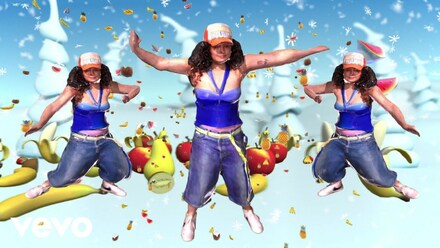
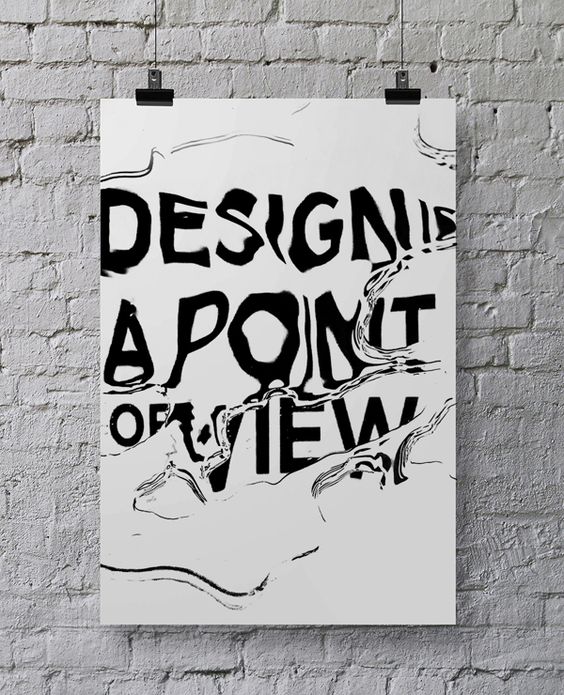
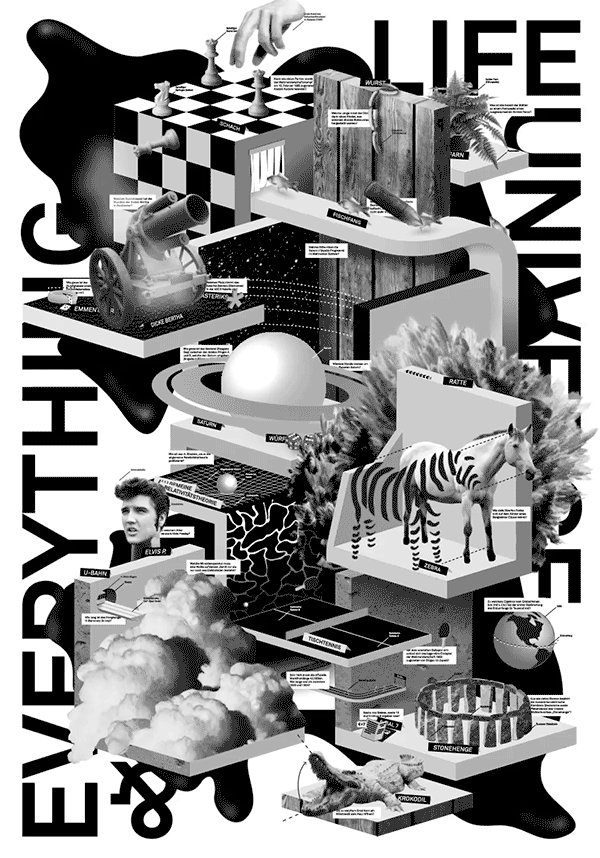
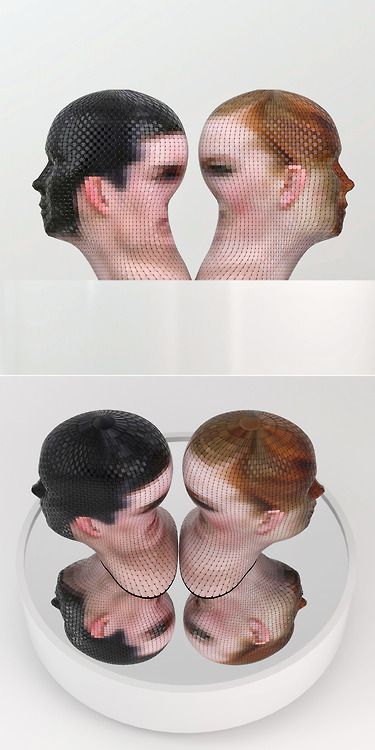

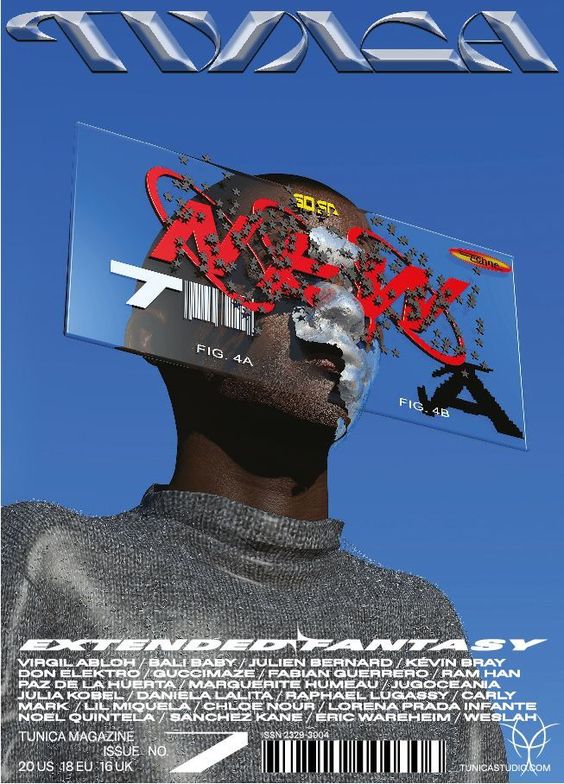
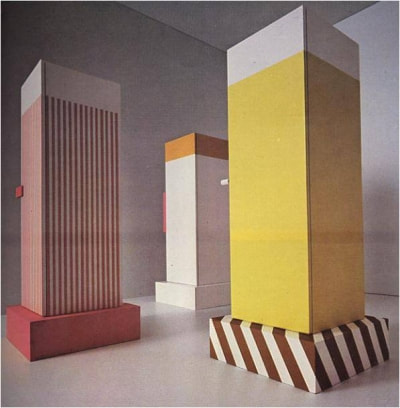
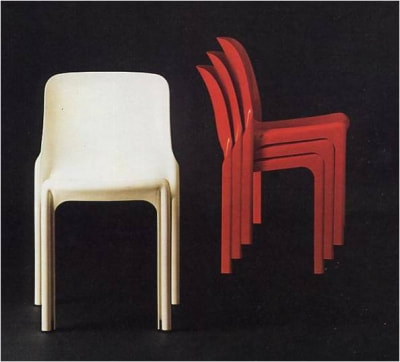
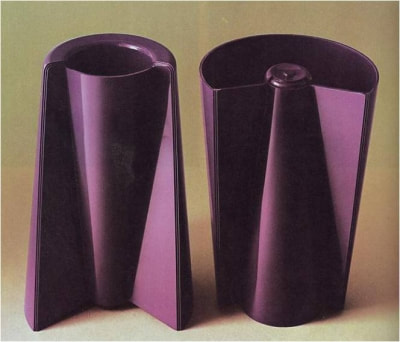
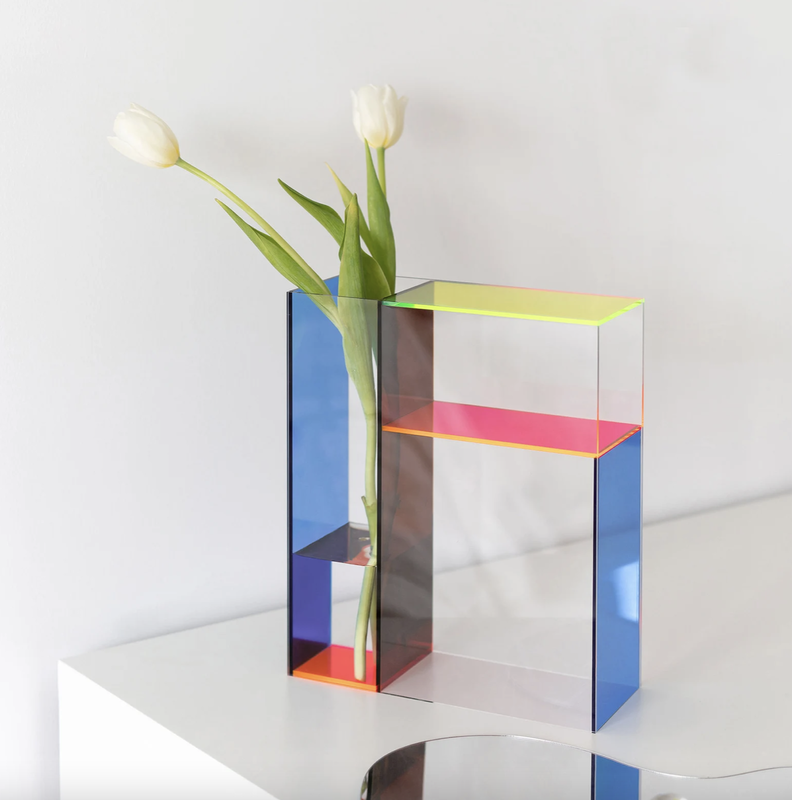
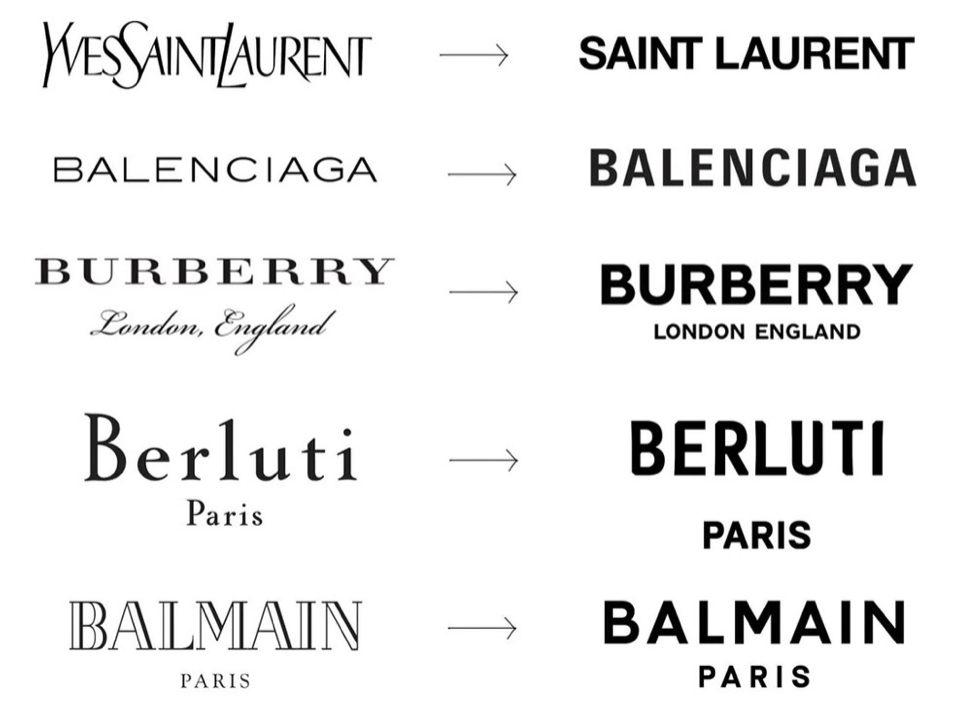
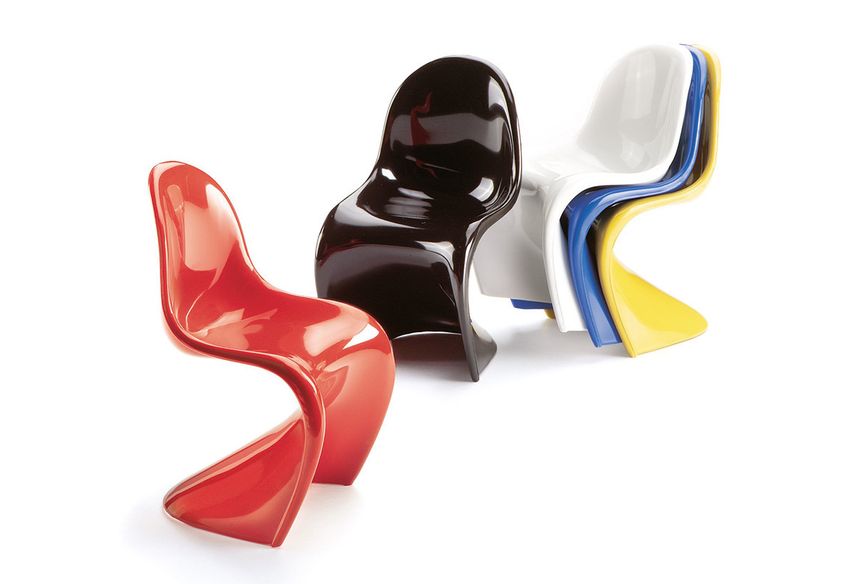
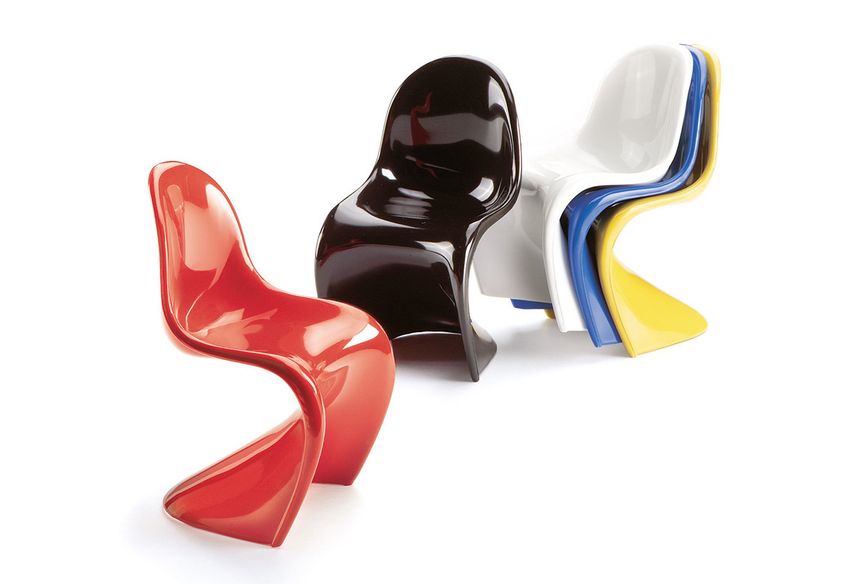

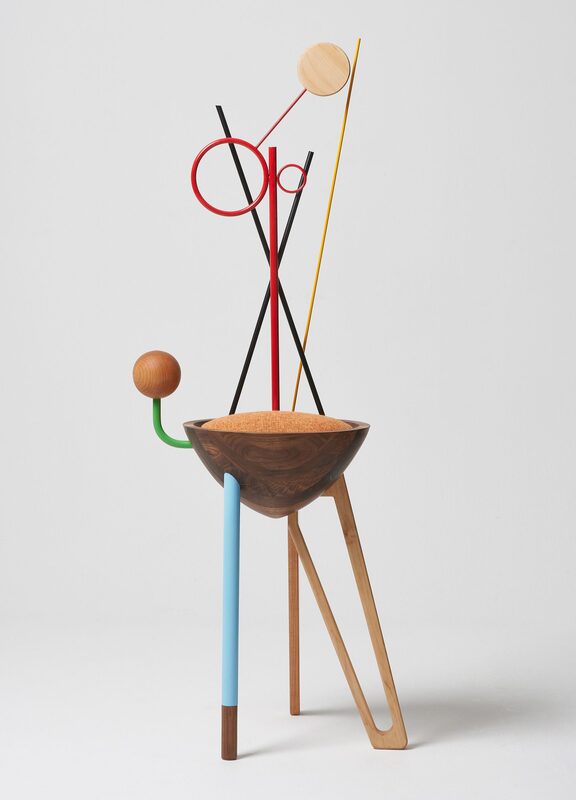
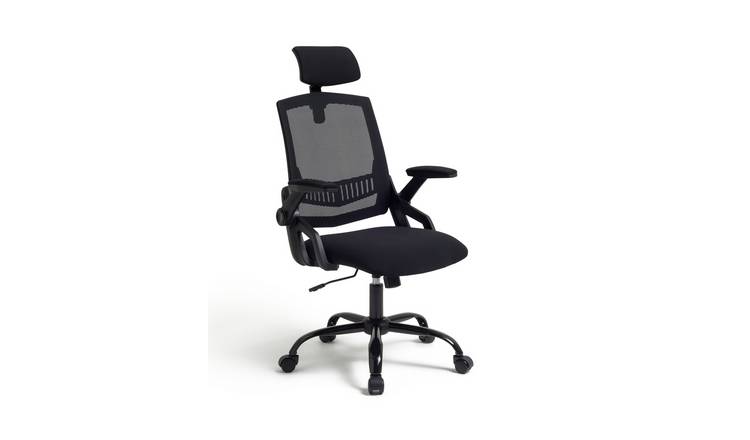
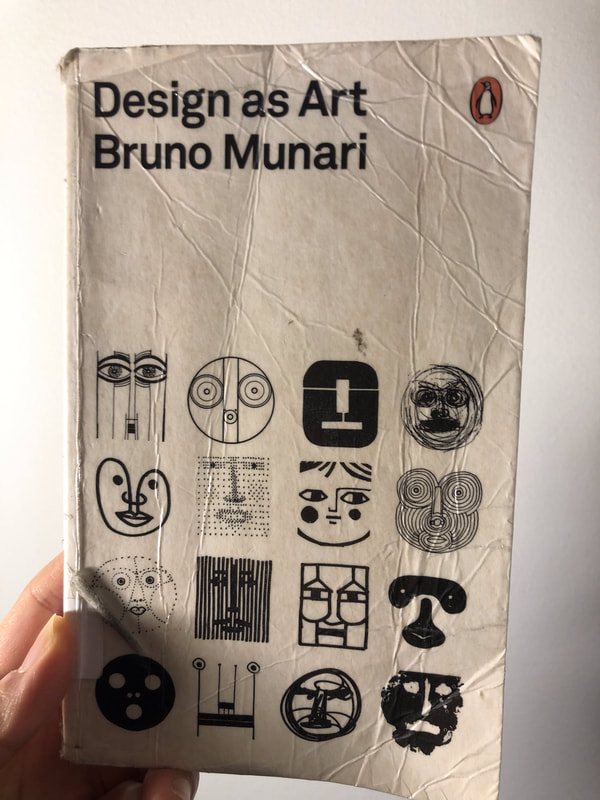
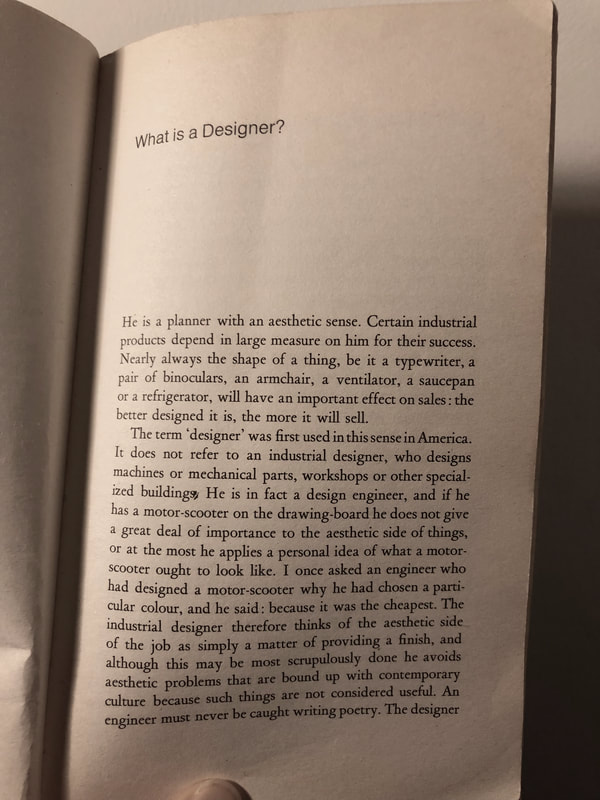
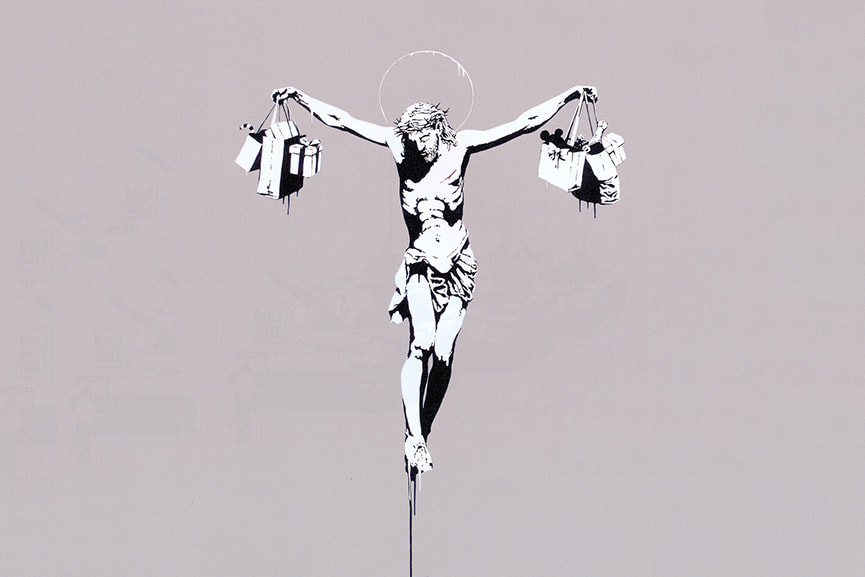
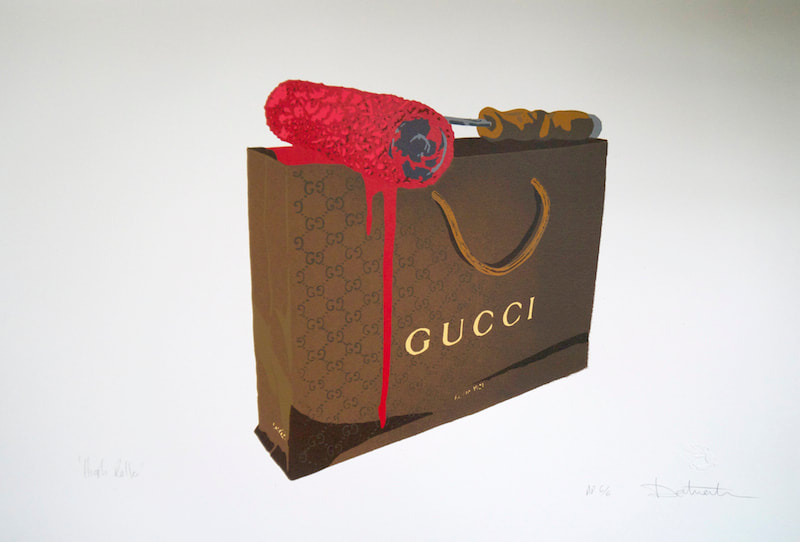
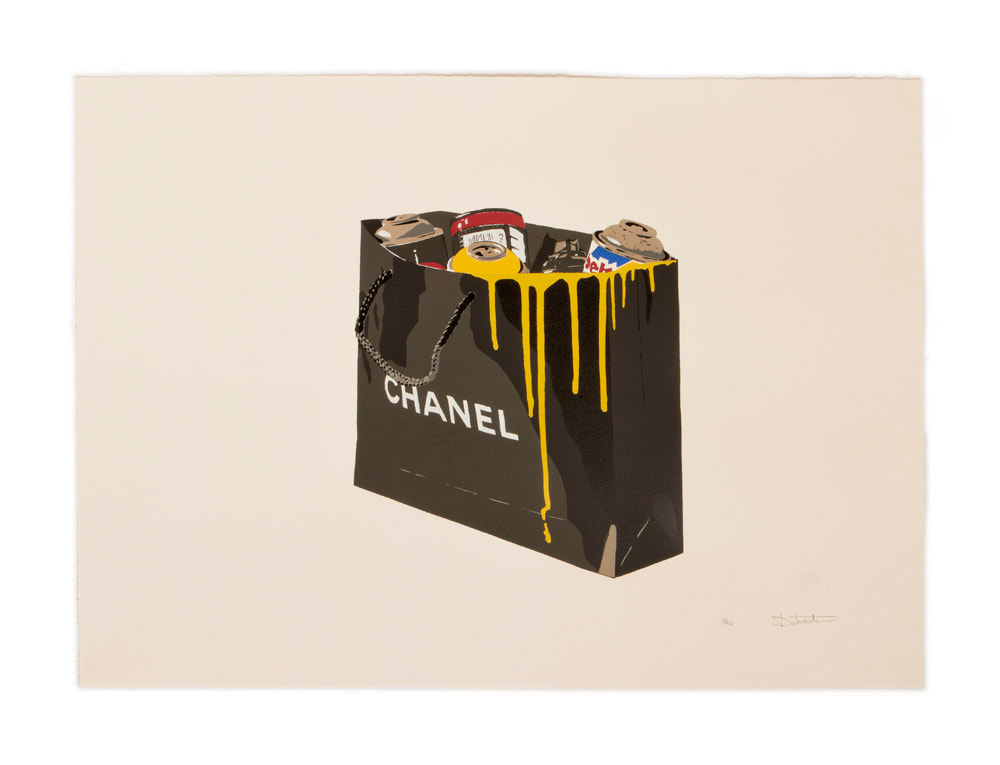
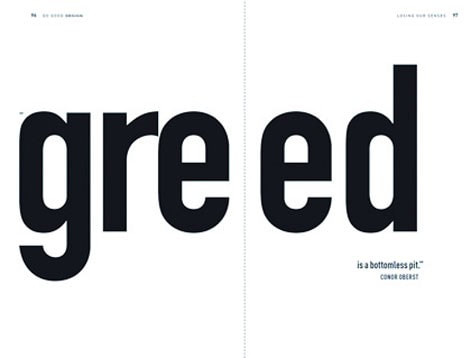
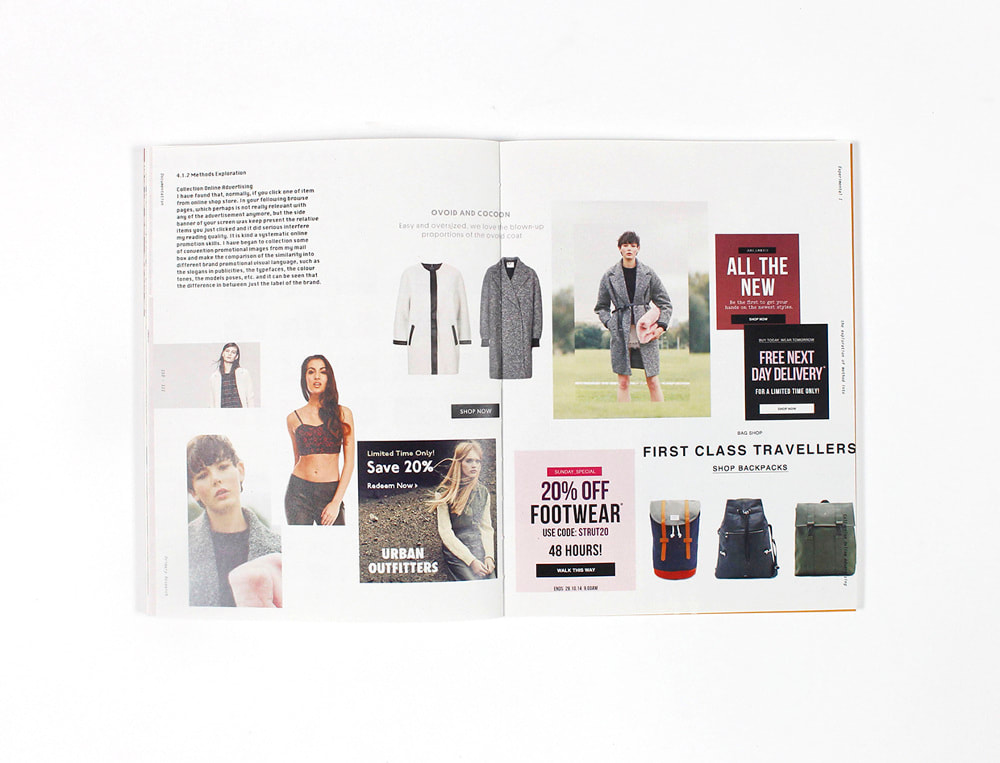
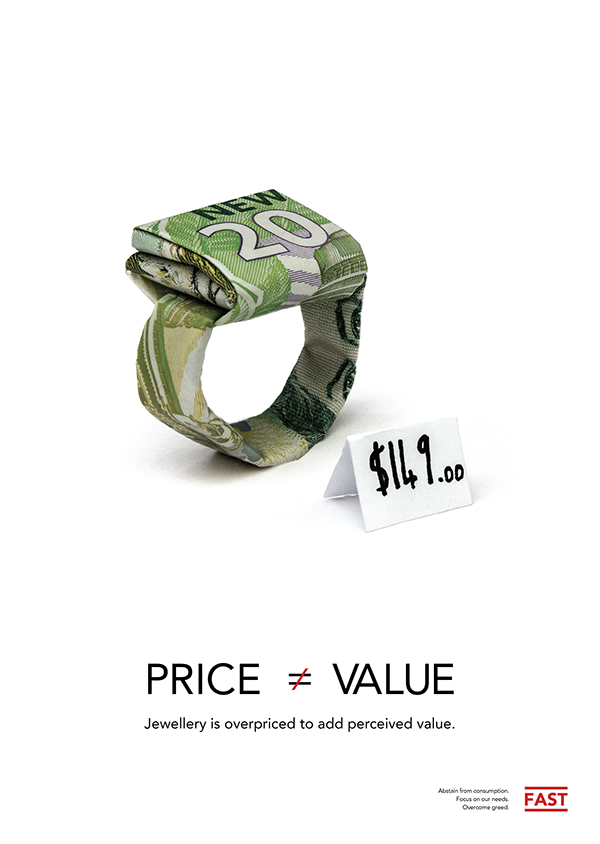
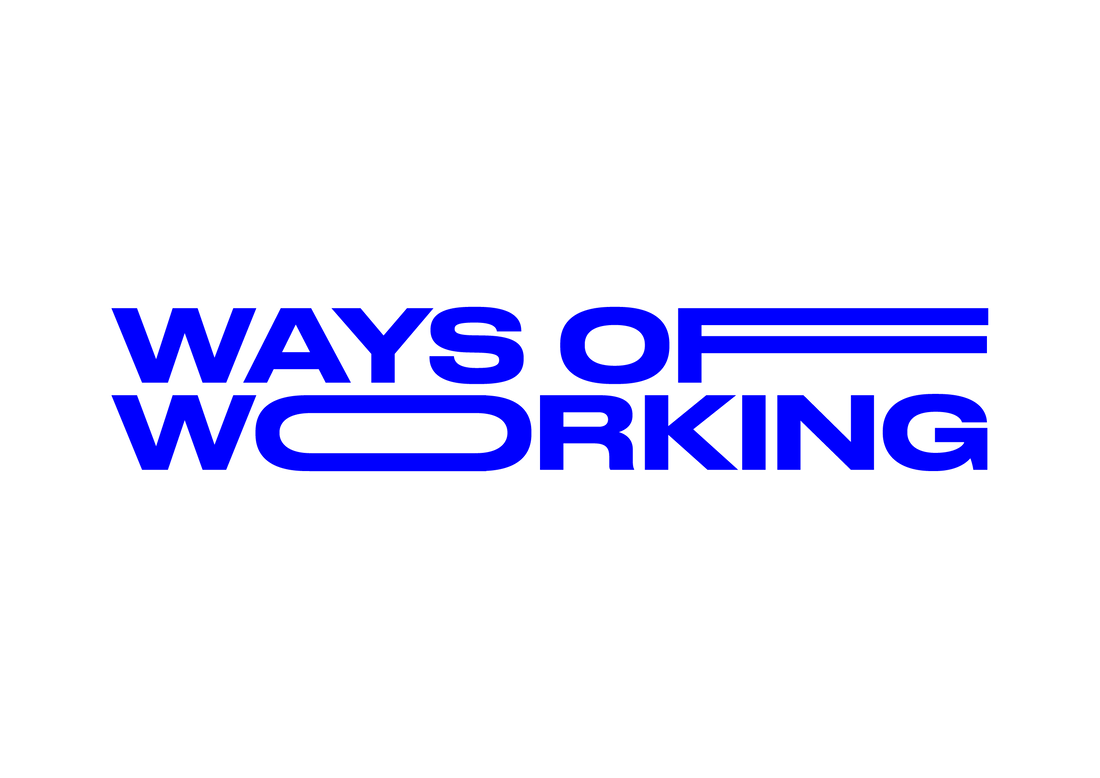
 RSS Feed
RSS Feed
